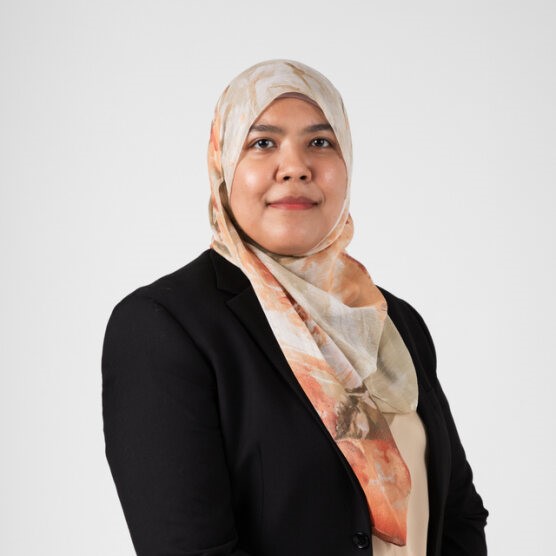
All good things must come to an end.
ATSEA-2 and OSRL held their fourth and final webinar for 2022 on 28 November. The webinar covered Oiled Wildlife Response (OWR), Oil Spill Risk Assessment (OSRA), and a case study from Indonesia.
Ms. Shahreena Shahnavas from OSRL facilitated the webinar. The webinar resource speakers and the topic they presented are as follows:
- Mr. Dwi Ariyoga Gautama (UNDP-Indonesia) – Introduction of ATSEA-2
- Ms. Hon Phui Hang – OWR and OSRA
- Ms. Sulastry Rasyid (on behalf of Mr. Ondy Christian Siagan) – Case Study in Indonesia
The webinar series established a great journey between ATSEA-2 and OSRL, increasing awareness of the risk and impacts of an oil spill, specifically in the Arafura and Timor Seas (ATS) region. As the consciousness of these issues has been raised, momentum to make positive changes in improving ATS should take traction.
Our gratitude to those who took the time to attend our webinars. If you missed our webinars, you could watch those on ATSEA-2’s YouTube channel or OSRL’s website and YouTube channel:
| Webinar | ATSEA-2's YouTube Channel | OSRL Website |
| Quarter 1 | ATSEA-2 Webinar YouTube Quarter 1 | Seminar Recording ATSEA-2 Quarter 1 |
| Quarter 2 | ATSEA-2 Webinar YouTube Quarter 2 | Seminar Recording ATSEA-2 Quarter 2 |
| Quarter 3 | ATSEA-2 Webinar YouTube Quarter 3 | Seminar Recording ATSEA-2 Quarter 3 |
| Quarter 4 | Seminar Recording ATSEA-2 Quarter 4 |
The question raised during webinar and the response of the resource speakers are presented below:
| How do we classify and decide on tier classification (Tier 1/2/3) of an oil spill?
|
According to industry good practice, tier classification has since moved away from just pre-determined spill volume and is defined as the resources required to respond to the spill incident. It is broadly categorised in three categories: (i) response personnel, (ii) equipment, and (iii) additional support. Tier 1 capability describes the operator’s locally held resources used to mitigate spills that are usually occurring at or near its facilities. Tier 2 resources are regional or national resources which are required to complement locally held resources. Tier 3 capabilities are globally available resources that further supplements Tiers 1 and 2 resources.
Therefore, in deciding on tier classification of an oil spill, consideration should go into the resources and technical expertise that are required for the spill, and not the scale of the incident itself.
Example: Large spill of light oil in open sea require maybe Tier 1 or 2 resources compared to a much smaller spill of heavy, persistent oil impacting a shoreline. The latter probably require technical expertise in the form of Tier 3 resources.
|




